Are you willing to sponsor?
Are you ready to explore the transformative power of athlete sponsorship for your brand? Click here to learn more about how sponsorship can help brands grow and thrive in the exciting world of motorsports.
By Emanuele Venturoli| Posted June 14, 2018 | In MotoGP, Sport Sponsorship, Sports Marketing
How to use the image rights acquired from a sponsorship deal to create effective marketing and communication plans, engaging and interesting for the public
Several times on these pages we said that the real key factor of sports sponsorship lies in the exploitation. We also repeatedly say that the visibility generated by sponsorship is nothing more than the tip of a much bigger iceberg and that even programs with very little or no visibility can bring great benefit to the company involved in sponsorship.
It is time to dig deeper and to go into detail to show how sponsorship can be used effectively in communication.
Back to our famous definition, we are going to explain sponsorship as the acquisition of rights, followed by a monetary compensation in goods and/or services, arising from affiliation or association with a product, with a team, with an organization or with an event, the aim of which is obtaining economic, marketing or image benefit (Mullin, Hardy, 2014).
Mullin and Hardy, authors of the famous Sports Marketing book, strongly highlight a very important fact: sponsorship is used to acquire rights. One of the most prestigious and important among these is the right to use the name, logo, and image of the team and athlete for communication and marketing purposes. Basically this statement, that you can find in all or most of the sponsorship contracts, allows to:
However trivial it may be, it is necessary here to go back to the basis. Companies that are not official sponsors and who do not have acquired any marketing benefits cannot use images/logos or team names, athletes or sporting events. Theory apart, in short, it will be impossible for you to make an advertising poster or a commercial starring Real Madrid players, LeBron James or the football World Cup without being an official sponsor.
The advantages for a sponsor that can use the image rights of the team or athletes in all its communication and marketing plan (or at least those mentioned on the sponsorship contract) are immediately clear and appear multiple.
The first, undoubtedly, is to have a highly strategic asset in any type of communication. Being able to use the name and image of famous people, very popular teams or events means that commercials and web pages are immediately more prestigious, more compelling and immediately more engaging. That’s what Gillette (well-known brand of razors) is doing using the world-famous footballer Griezman. Fastweb did the same with Valentino Rossi, and Hankook with Real Madrid.

The latter is an extremely interesting case, by way of example. Hankook, the Korean tire manufacturer, has little to do with Real Madrid and yet it is an official sponsor of the Team. The sponsorship in this case – and the consequent use of the merengues in communication – has memorability and “top-of-mind” functions and wants to place the Hankook tire in a privileged position compared to the competition when consumers will make a choice. Why this decision?
For the average consumer, the car tyre is what the marketing defines as interchangeable good or something equivalent: it does not matter if you fit a Pirelli, a Continental, a Hankook or a Michelin. Usually, the tyres of the car are changed when it is necessary to do so because of law restrictions and we do it as quickly as possible and with the least possible expense. Usually, we just leave this choice to the “prescriber”, the tyre repairer, begging him to be quick and cheap.
Perfectly aware of this scenario, Hankook attempts to relaunch the brand with a sponsorship strategy addressed to huge awareness. They choose to join a very prestigious and well-known sports property (the point is this: everyone knows Real Madrid, from the great football experts to the housewife next door) so to be sure to increase their brand awareness and climb the consumer mnemonic china. When consumers go to the tyre dealer, the question “what tires would you like?” Will probably answer with the first brand they remember: Hankook.
At this point, one could wonder why instead of Real Madrid, which deals with kicking a ball in a net, Hankook has not chosen sports properties equally known but related to the world of motorsport, such as Ferrari or Yamaha MotoGP. There are many answers and this is not the right place to deepen them all. In any case, we may say that the first reason is that the product category of the tyres is not available in championships like MotoGP and Formula 1 which are an exclusive for Michelin on one side and for Pirelli on the other.
Secondly, it is necessary to bear in mind that the profile of the “marketing person” to which the Hankook product is addressed is profoundly different. Those who choose Pirelli or Michelin are aware of that: it is not an occasional consumer and for him/her the rubber is not interchangeable, but rather a very reasoned choice (extreme is the case of motorcyclists, who ask with great confidence for a brand, model, size and even speed code of the tyre they want to mount). Hankook does not have this ambition at this point in his strategy. In our opinion, the Korean brand does not want to turn to an overly technical audience (which would still prefer other brands), but to widen its catchment area.
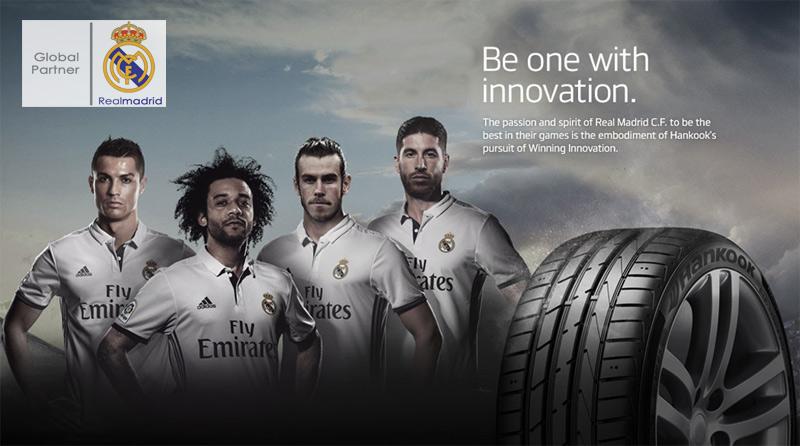 Moving Over
Moving OverThe second immediate advantage of the use of image rights deriving from sponsorship is the immediate brand positioning that descends directly from the value system of large sports properties. Writing “Petronas, Official Partner of the AMG Mercedes F1 Team” is very different from simply writing “Petronas”. The collaboration with a very important team of Formula 1, an international benchmark of technology, efficiency, speed and performance, brings the same values directly to the brand and gives it an immediate higher status.
It is no different from what Reale Mutua is doing with goalkeeper Gianluigi Buffon. Of course, Buffon is a well-known face and immediately gives recognition to the campaign, but the value system is just as important here. Buffon is a goalkeeper of experience and great reliability, offering a great sense of protection to his team. All very important features for an insurance company. Paradoxically, Higuain or Dybala, although equally famous, would not have fit in the same way.
But watch out: this value system is not an authoritative hedonistic preference for marketing theorists. It’s all the other way around: it is the one that supports historical sponsorships, such as Prada and Luna Rossa, Cadillac and the PGA, Barilla and the National Gymnastics team and much more.
Among the advantages of sponsorship, we must certainly include the convenience of the internationality of communication. To produce an advertising campaign that sees a famous champion known worldwide as a protagonist allows you to communicate in a unique and consistent way throughout the world, without having to decline it region by region.
Finally, there is pure prestige, and the aim to highlight the positioning of the brand alongside other premium brands. Regardless of the value system, the words “official partner of Scuderia Ferrari“, “Official Sponsor of FC Barcelona“, “official sponsor of the Italian National Football Team” immediately put the brand up there, in the consumer’s imagination. If it is a partner of such an important team, it means that this brand is also important and therefore more likable than the competition.
The applications of this principle are potentially endless and must be evaluated with great care by those involved in the activation paths (agencies, thanks to their previous experience, are very skilled in this type of declinations). In fact, the risk is that of not exploiting all the potential offered by this opportunity and to fail to collect all the fruits that would be close at hand.
Aware of the fact that every brand identity tool can be a vehicle for leveraging sponsorship, the most skilled brands have learned to use image rights to an infinite extent of supports. From business cards to powerpoint presentations sporting the “official partner” wording, from envelopes with the image of famous athletes to in-store POP materials with the image of the great champion; opportunities are endless. In absolutely virtuous cases, also the company signature on emails carries the “Official Sponsor of” marking.
Truth be told, some usages are definitely more common than others and may represent the initial framework of a strategy of exploitation of image rights:
TV ADS: The best use of image rights is certainly the one that brings sponsorship in the most popular means of communication for the last hundred years: TV. Athletes, events and big teams can become the subject of memorable and easily viral adv, thanks to the immediate transmission on YouTube and web channels. But be careful: if it is true that you can use athletes for your commercial, this does not mean that you’re not going to pay for the costs of production. You will be economically for and you have to direct, produce, post and edit everything.
PRESS: The above also applies obviously to posters, newspapers, billboards to spread around cities and magazines of all kinds.
SOCIAL MEDIA: brands too often underestimated the opportunity to use video, footage and images on their social media. Sport at its highest level is an extremely popular subject and a source of endless discussion and engagement online and can be exploited as a topic to populate the company’s profiles and pages.
CONTESTS AND RAFFLES: competitions or contests are often used by companies as a promotional vehicle. These are carried out internally among the sales force or externally among the general public to increase engagement. However, for example, it is impossible to launch a contest entitled “Win the Grand Prix of Italy” if you are not a sponsor of the MotoGP or F1, just as you cannot write “Win the Wimbledon Final” without being a WTA or ATP sponsor
NOTE: the trademarks, images and activations used in this article do not always come from our direct work and are used for illustrative purposes only.
If you have any curiosities about sports marketing and sponsorship contact us at info@rtrsports.com
Are you ready to explore the transformative power of athlete sponsorship for your brand? Click here to learn more about how sponsorship can help brands grow and thrive in the exciting world of motorsports.

A graduate in Public, Social and Political Communication from the University of Bologna, he has always been passionate about marketing, design and sport.
The online platform where you can discover the latest trends, strategies and insights from the exciting world of sports marketing.
View our blog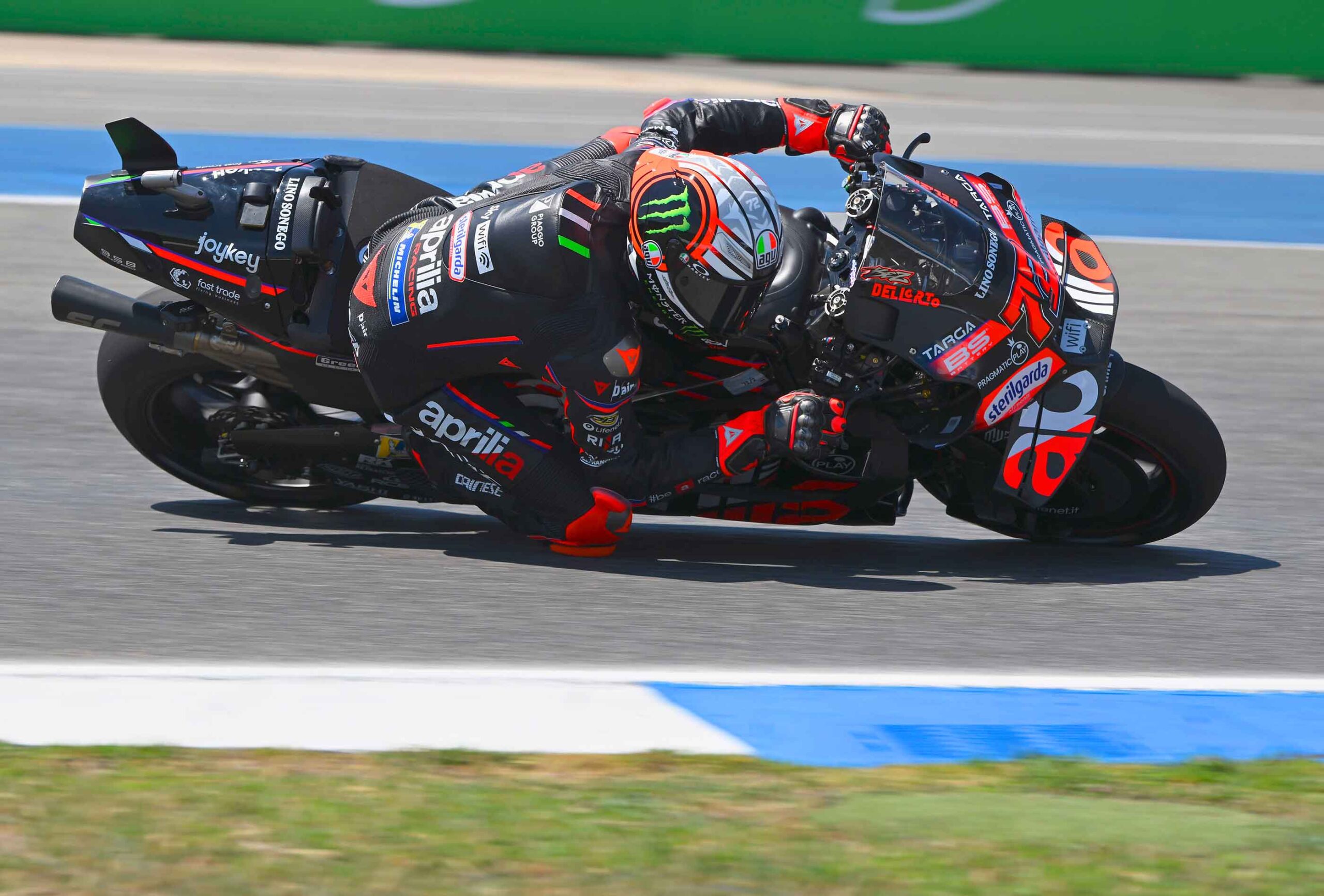
June 17, 2025
Starting in 2027, MotoGP is preparing for a momentous change that will redefine the face of motorcycling’s premier class. The new technical rules, announced by the Grand Prix Commission[...]
Read More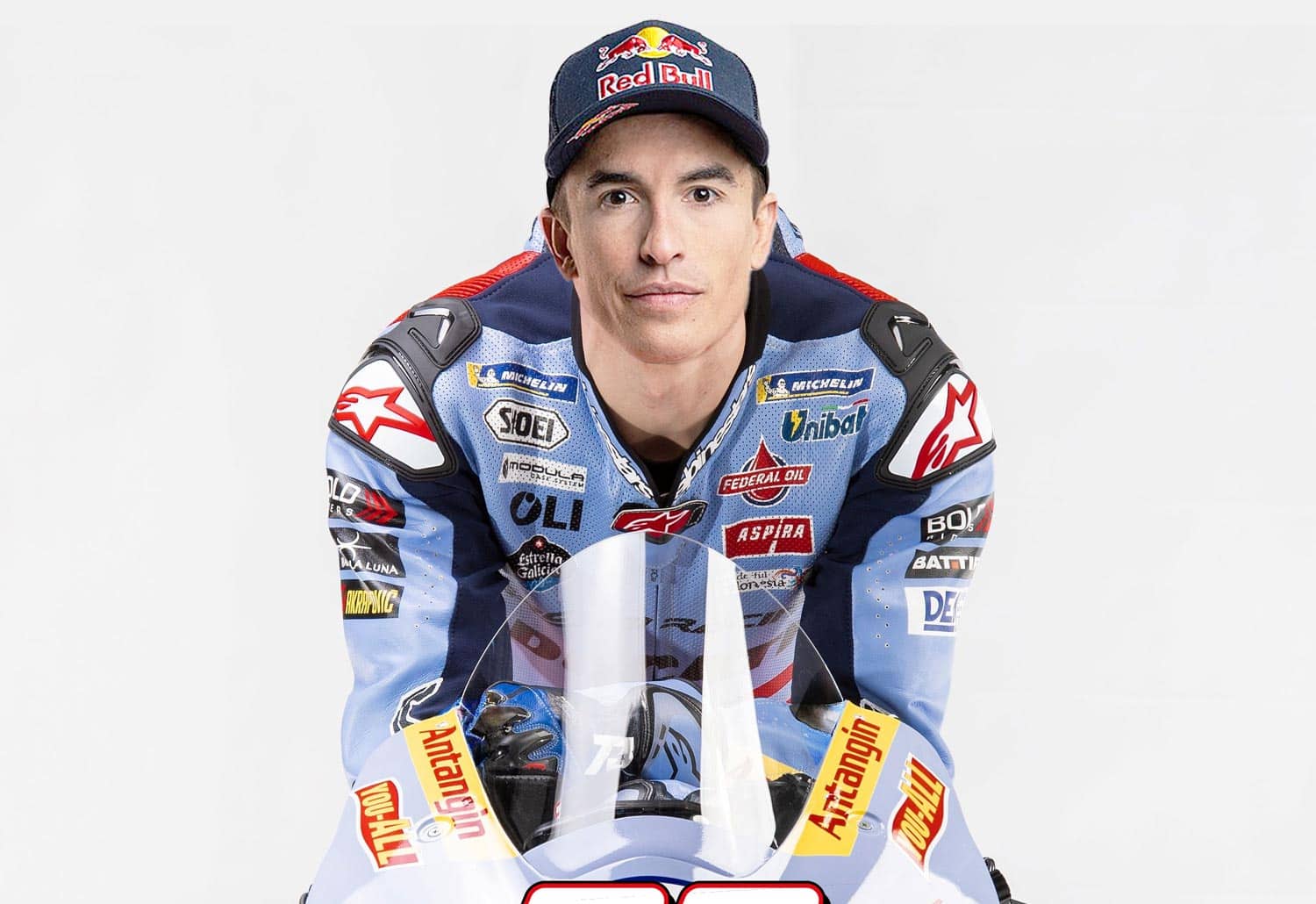
June 11, 2025
After 11 years, Marc Marquez is leaving Honda HRC to join Team Gresini. This was announced in a laconic press release, without signatures or photos, by the same House with the Wing. The same [...]
Read More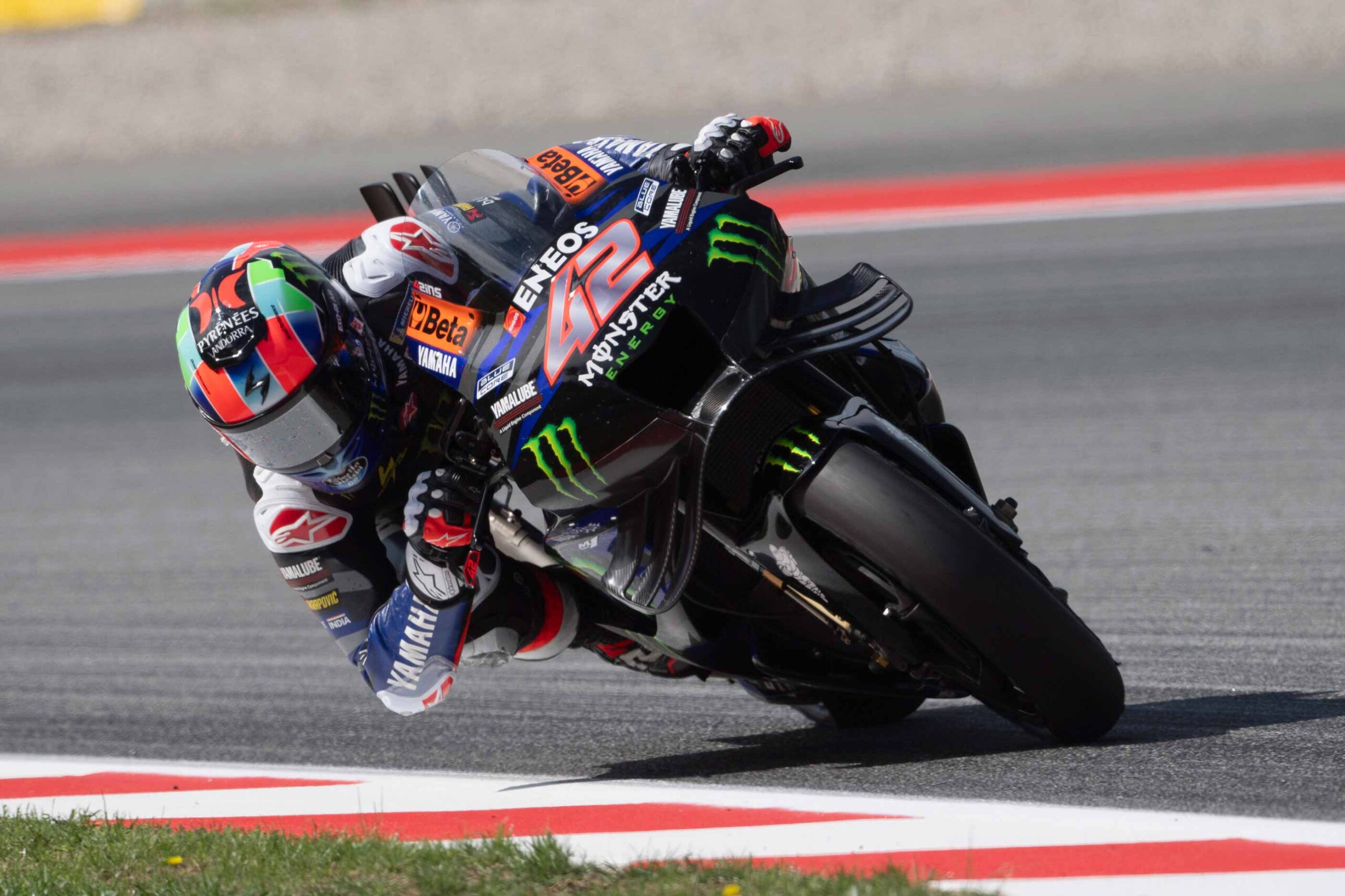
May 6, 2025
In the world of motorsport sponsorship, speed and performance have traditionally reigned supreme. However, a new race is underway, one towards sustainability. Both Formula 1 and MotoGP are st[...]
Read MoreIn an era where it is possible to get anywhere with a click, there is a strong temptation to approach teams and properties directly for sponsorship projects.
By doing so, we are convinced that we are shortening the value chain, saving time and money. However, these DYI methods are anything but risk-free and what initially appears to be a competitive advantage soon turns into a problem that is difficult to resolve. That’s why there are agencies. And this is why you should rely on us for your sponsorships.
When first approaching a sponsorship or sports marketing project, it is difficult to know immediately which stakeholders are correct, what the decision flow is, and what the right timelines are for each process. Sports is a very specialized field of action, and fitting effectively into its paths can take a lot of time and therefore money. We, on the other hand, know referents and spheres of action and know who to talk to, when and how. So you are also more effective.
Sports is an immense passion, and for our heart colors we would be willing to do anything. But business is a different business, and it is important to make the best possible strategic decisions based on independent research, statistics and reliable data. A sports marketing and sports sponsorship agency like RTR has an objective, 360-degree picture of the scenario and can tell you what is really best for you: which sport, which athlete, which team. This is because we possess a great deal of data and information on ratings, segmentation and attitudes. Because the numbers don’t lie. Never.
Activations are the real heart of sports sponsorship. Without them, there remains only a blank sticker on a motorcycle, car or uniform and no contact with the public, no emotional connection, no impact on the bottom line. Then how do you do it? It certainly won’t be the teams or the athletes who will help you leverage sponsorship and enjoy the many marketing rights you have paid for. To bring out the best in a sports marketing project you need an agency that knows how to use sponsorship to engage the fanbase on the Web, to reach out to Shopping Centers, to organize hospitality, to develop B2B and B2C opportunities, and to get “your” athletes in front of millions of potential consumers.
Would you ever go to the dealer who sold you the car and ask if the competitor’s car is better? No, of course. So, how do you expect to get firm measurements of the effectiveness of your sponsorship if you do not rely on someone super partes? At RTR, we have always worked with independent third-party agencies that allow us to know the return on any exposure of your brand on TV and in the media. In addition, we believe in calculating ROI as the ultimate measure of your success-so we can tell you for every penny you spend how much you are making.
We have been involved in sports sponsorship and sports marketing for more than 15 years. We are consultants in the sense that our goal is to maximize your investment, but we are also an agency that manages the project from start to finish. We have been doing this since 1995 with passion and professionalism, following three principles that have become cornerstones of our business: independence, verticality and transparency.
I would like to highlight the fact that one of the qualities of RTR is its great ability to approach the sponsorship scenario strategically, together with its passionate attitude, its amazing enthusiasm for solving problems, and its high level of professionalism.
Gianluca Degliesposti
Executive Director Server&Storage EMEA
Eurosport is truly delighted with its business relationship with Riccardo Tafà, who has become extremely popular, thanks to his detailed knowledge of the sports marketing sector and his highly diligent attitude to work.
Francois Ribeiro
Commercial Director
Passion and Expertise are the features that I have found in RTR since the very beginning. Serious and reliable professionals but also very helpful, nice and open-mind people, willing to listen and compare different ideas. All the values in which RTR believes make this agency a partner, not just a supplier, a partner with whom we have had the opportunity to achieve significant commercial results in term of success and image.
Luca Pacitto
Head of Communication
We have been working with RTR Sports Marketing for over 10 years. The objectives and the programmes of collaboration continue to be renewed and to grow with mutual satisfaction. I believe RTR is a team of great professionals led by Riccardo Tafà, who I consider a manager of exceptional skills and with a great passion for his work.
Lucio Cecchinello
Team Principal
I have known and worked with Riccardo Tafà since 1995 when we collaborated for the first time on a project for the Williams Formula 1 team. Several clients followed. After leaving Williams to work for Gerhard Berger then owner of the Toro Rosso F1 Team, I turned again to Riccardo to seek his help in finding a tool supplier for the team and Riccardo duly obliged with an introduction to USAG, a partnership with Toro Rosso which endured for five years. I recently started a new role as Group Commercial Director for the renowned Andretti Autosport organisation and I find myself working with Riccardo once again on a number of interesting projects. Why has this relationship with Riccardo endured ? He’s smart, knows the commercial side of sport inside out and back to front and he’s honest and trustworthy. Riccardo Tafà is a “doer” not a “talker”: in over 20 years I have never had a dispute either with him or with a company that he has introduced and each partnership introduced by Riccardo has delivered quantifiable ROI to rights holder and sponsor alike. I can think of no better testimonial of Riccardo’s diligence, knowledge, contact base and hard work than that.
Jim Wright
Group Commercial Director
The online platform where you can discover the latest trends, strategies and insights from the exciting world of sports marketing.
View our blog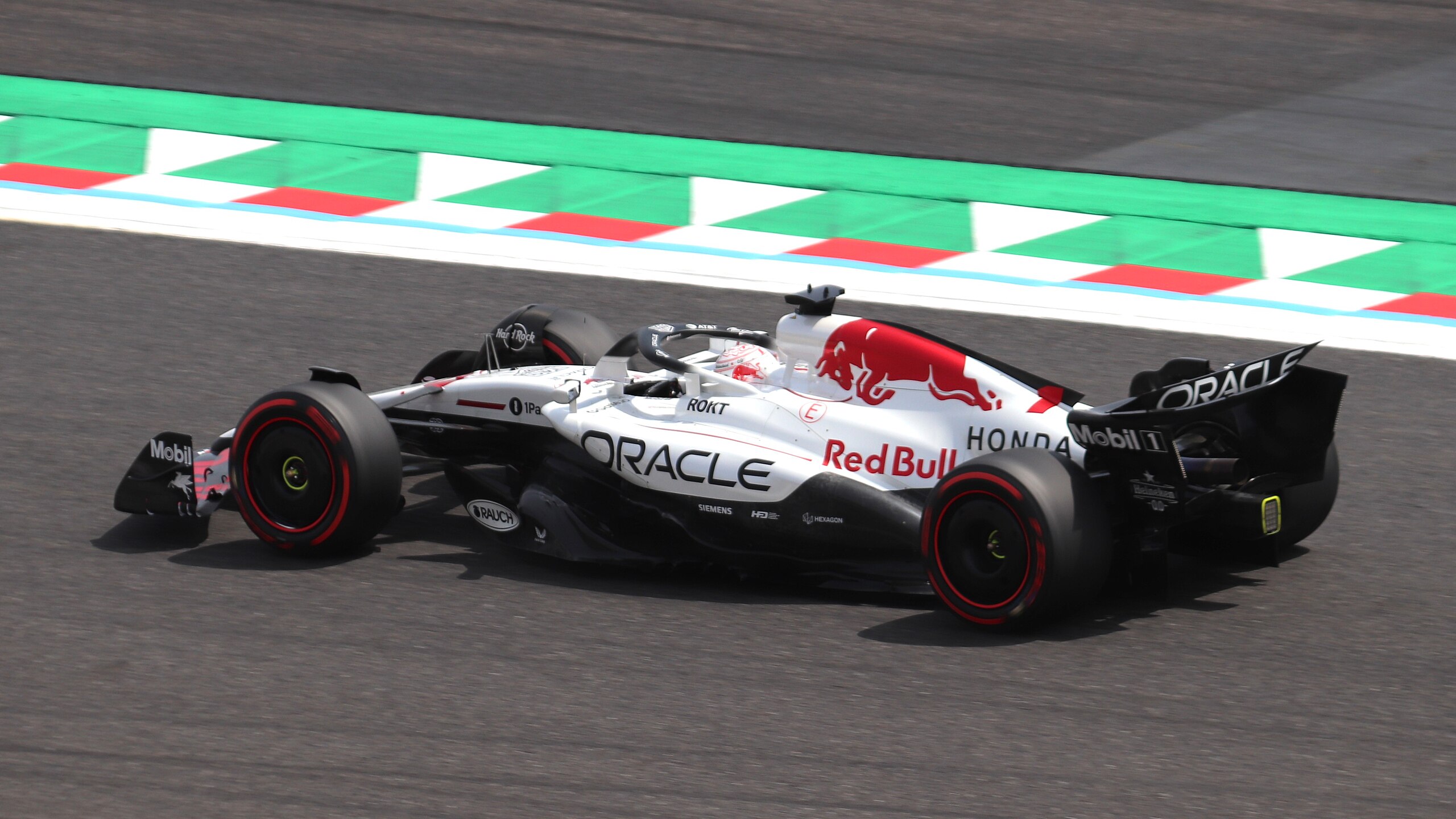
July 4, 2025
When, in 1950, the Formula 1 kicked off at Silverstone, no one could have predicted that, 75 years later, it would become much more than a sport. Today, F1 is a global phenomenon, a cultural,[...]
Read More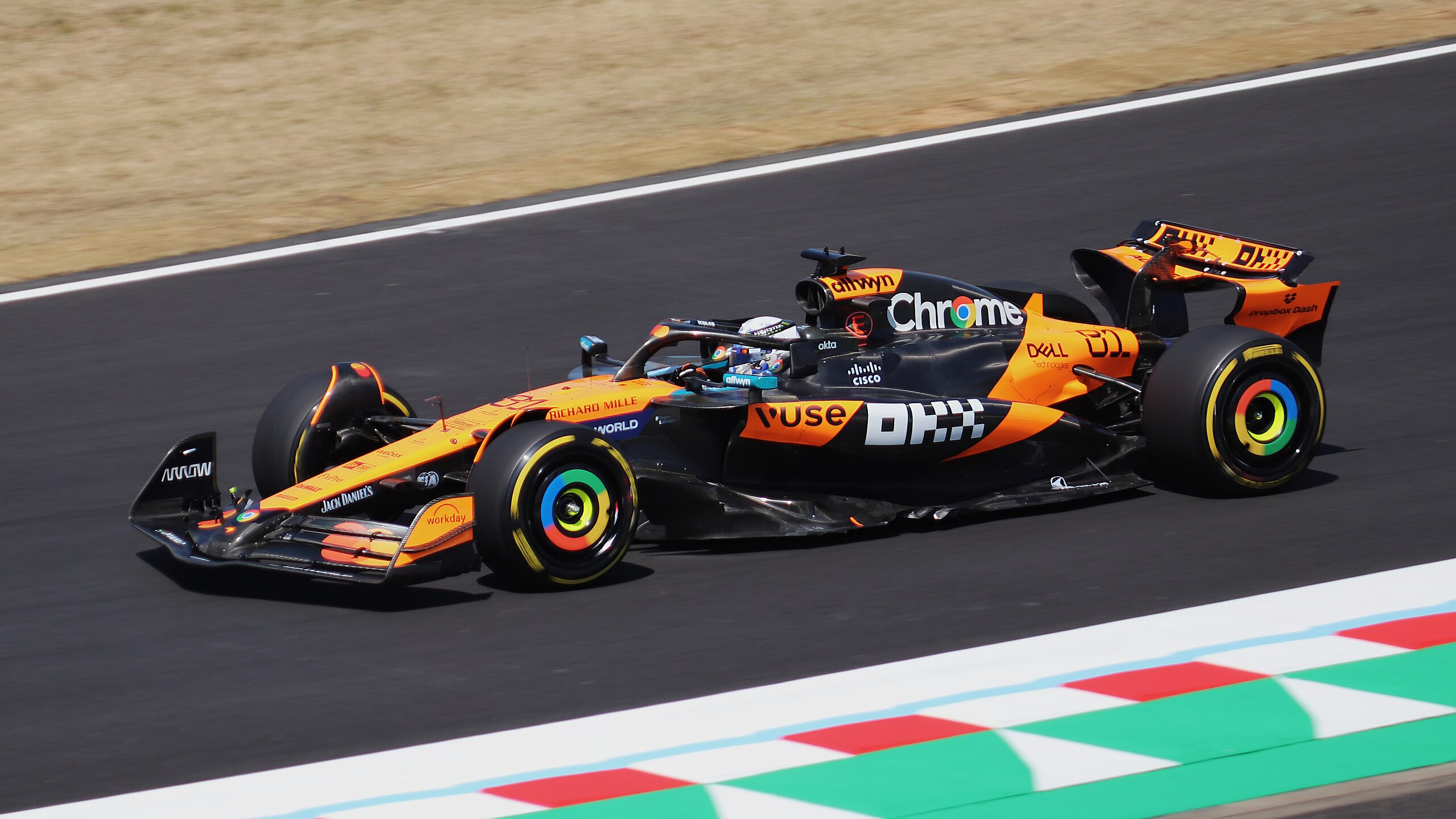
July 1, 2025
In the complex and exciting world of Formula 1, performance no longer belongs exclusively to wind tunnels and race strategies. It also unfolds in boardrooms, brand labs, and experiential mark[...]
Read More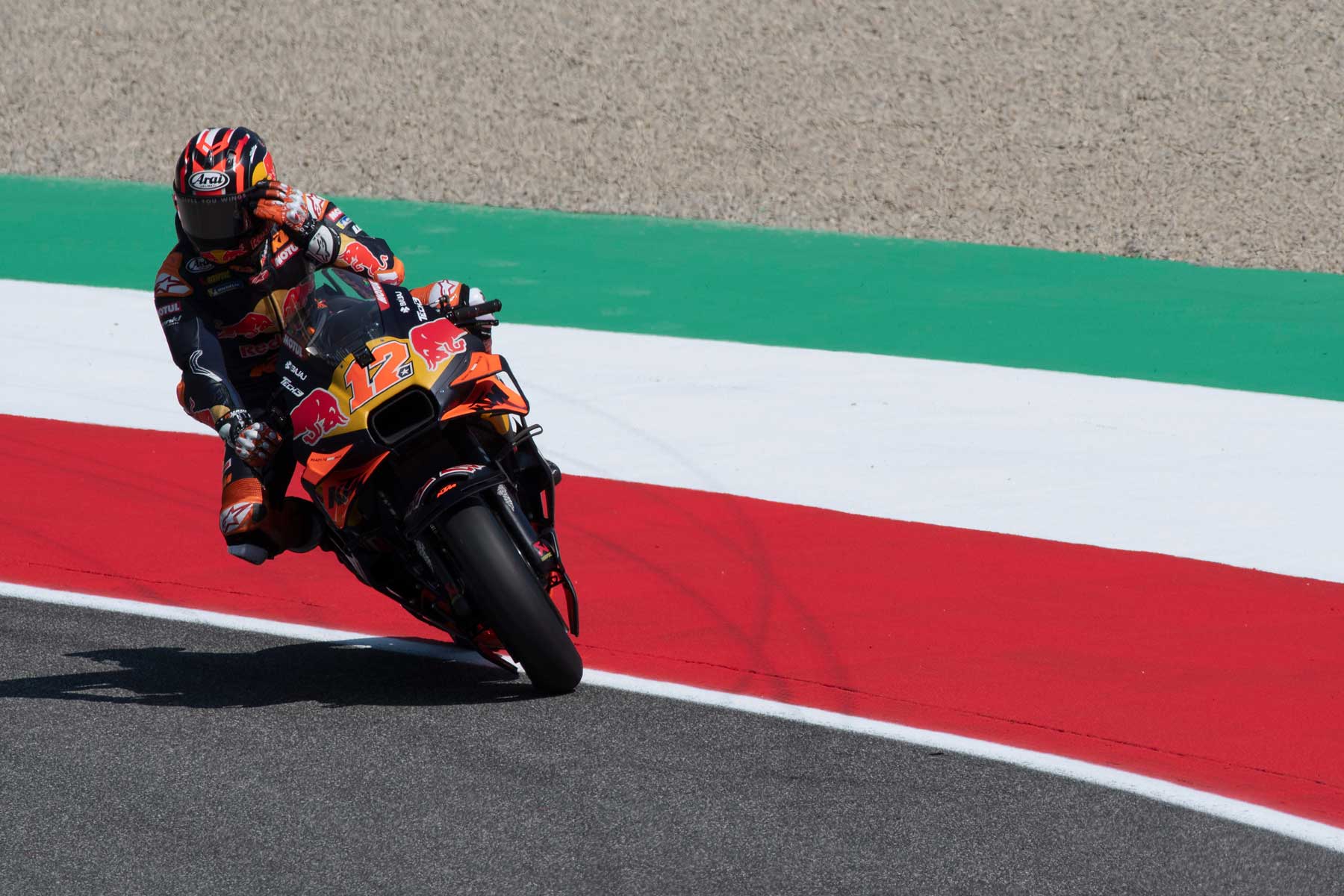
June 26, 2025
The European Commission has provided Liberty Media Corporation with unconditional approval to complete the acquisition of the MotoGP World Championship. The process of annexing the top motorc[...]
Read More